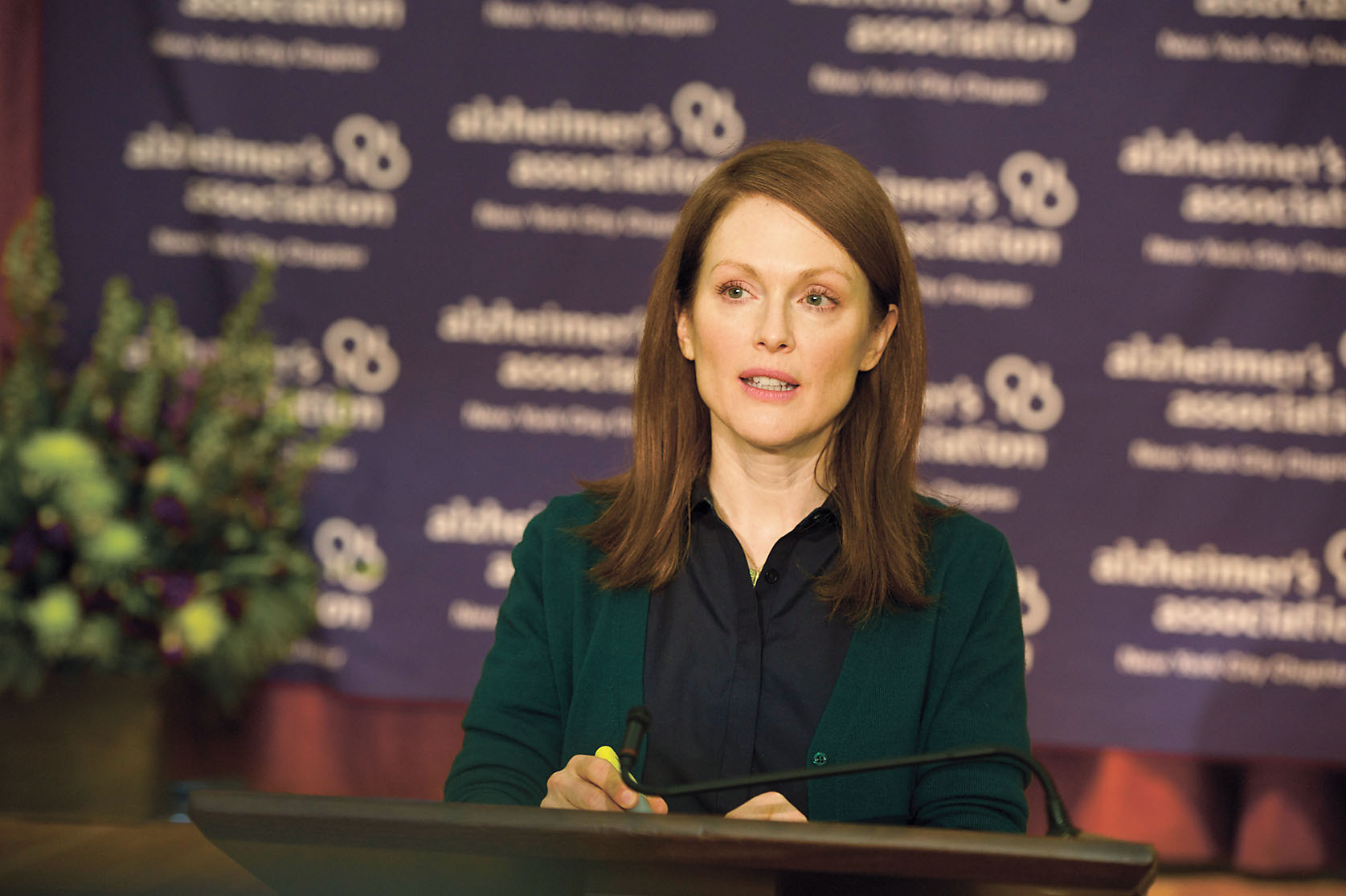Flashback to 1995 when a new actress named Julianne Moore was beginning to get noticed for her work in the Todd Haynes film "Safe," where she played an affluent Southern California suburbanite who becomes afflicted with a mysterious environmental illness. Some 20 years and four Oscar nominations later, Moore finally picked up the best actress award this year for her work in a very similar role in the film "Still Alice."
It's a nice comparison, not because it shows us how far Moore has come, but rather how good she already was back then, and how she's never lost it over the years. In both "Safe" and "Still Alice," Moore plays the type of woman who has it all, but in completely different registers: "Still Alice" sees her as a completely fulfilled woman, both domestically and professionally, who's stricken with early onset Alzheimer's disease, and gradually fades to a blank, a shell of the woman she once was; then there's "Safe," where Moore starts as a blank, a housewife who seems no deeper than her choice of living room curtains, for whom the illness becomes a search for meaning and identity, one that she never successfully concludes.
Both films, however, show her as an actress completely unafraid of carrying a film on her close ups, one who knows exactly when to play it for tragedy, all anguish and despair, and exactly when to dial it down, to tune into that zone of unknowability, where the viewer does the work, trying to figure out where she's at, what she's feeling. There's that inherent tension in her looks, the strength imparted by that angular jaw and cheeks, yet a fragility contained in her porcelain skin, that moment when she lets her features drop.

















With your current subscription plan you can comment on stories. However, before writing your first comment, please create a display name in the Profile section of your subscriber account page.